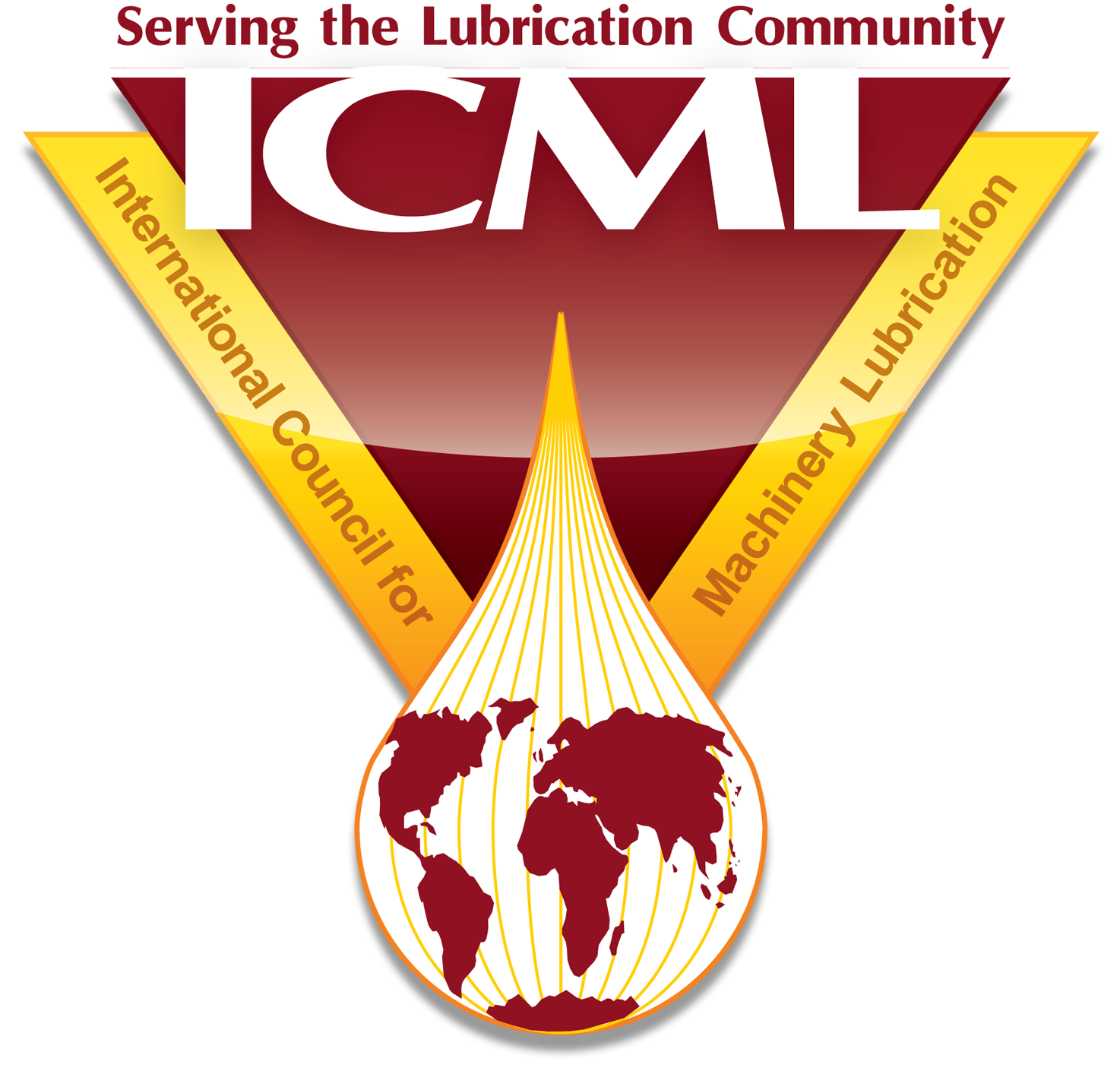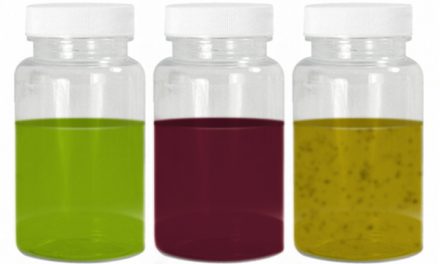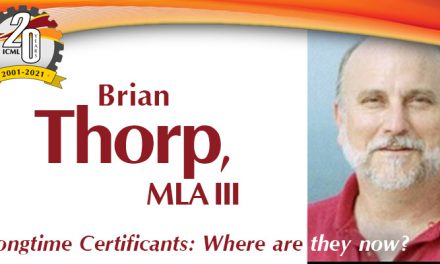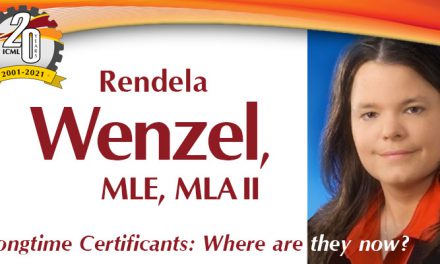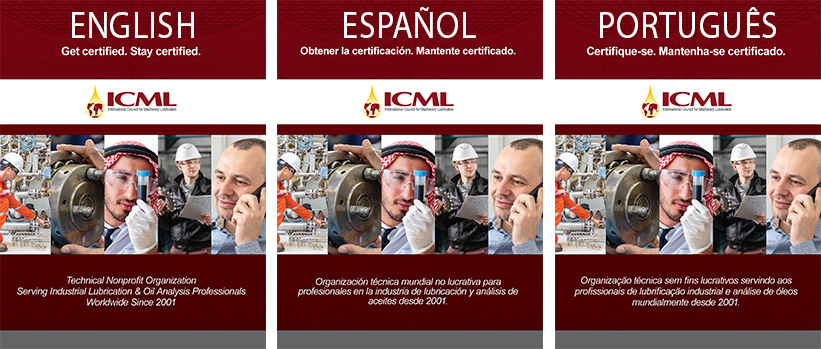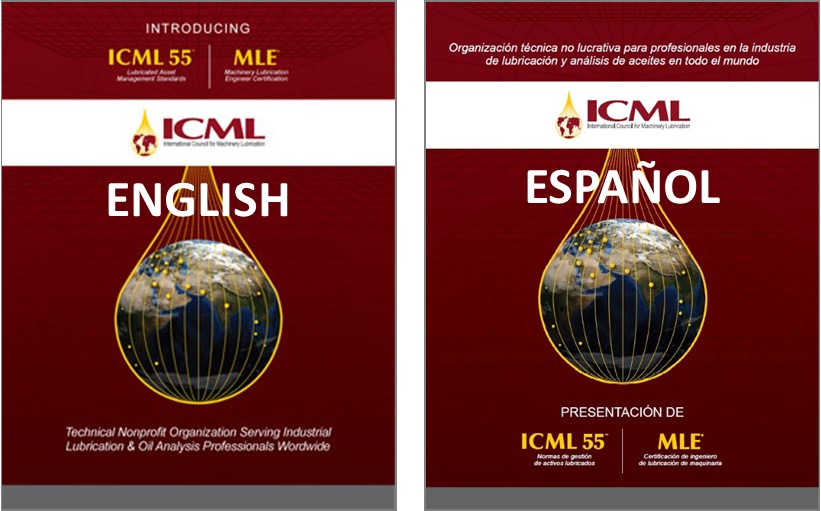Rocio Rupay, July 14, 2025 | The lubricant industry has undergone significant transformation over the past two decades, driven by the constant evolution of regulations, sustainability pressures, and the increasing complexity of original equipment manufacturer (OEM) requirements. Specifications such as API SQ, ILSAC GF-7 or ACEA E8/E11 are no longer just technical codes but expressions of a new era in lubricant design, where energy efficiency, environmental protection, and operational reliability converge.
This environment demands more than a superficial reading of labels. It requires a deep and up-to-date understanding of specifications—something achievable only through certified technical training. From the perspective of an ICML-certified professional, such as an MLE or MLT I, this training enables not only the interpretation of complex changes but also the effective communication of their technical and strategic implications.
Evolution of Specifications (2010-2025)
From API CJ-4 to CK-4/FA-4
The launch of American Petroleum Institute’s API CK-4 and FA-4 in 2016 marked a milestone in the history of diesel engine oils. While CK-4 maintained backward compatibility, FA-4 was created to meet modern energy efficiency demands with lower HTHS (High Temperature High Shear) viscosity (≤ 3.2 cP). A certified professional is trained to assess these changes from a tribological standpoint and to understand their effects on wear, friction, and durability.
ILSAC GF-6 and the Response to LSPI
ILSAC GF-6, which was established by the International Lubricants Specification Advisory Committee, is divided into GF-6A and GF-6B, and it introduced tests such as the Sequence IX to address Low-Speed Pre-Ignition (LSPI). These specifications target turbocharged gasoline direct injection (TGDI) engines. Their proper interpretation requires an understanding of deposit formation mechanisms and their impact on performance.
New Generation: API SP, API SQ, and ILSAC GF-7
The evolution continues with the release of API SQ and the upcoming ILSAC GF-7. These new categories focus on enhancing protection against LSPI, compatibility with biofuels, thermal stability, and fuel economy, representing a technical leap forward from their predecessors.
ACEA E8/E11: Beyond Sulfated Ash
Since 2021, the European Automobile Manufacturers’ Association (ACEA) has restructured its classifications, introducing E8 and E11 as successors to E6/E9. These new levels emphasize compatibility with after-treatment systems (DPF, SCR) and engine durability, incorporating new oxidation tests (Mack T-13), wear tests (Cummins ISM), and deposit control evaluations.
JASO T-903: From 2016 to the 2023 Revision
In the motorcycle segment, the Japanese Automotive Standards Organization’s JASO T-903 standard was updated in 2023, redefining friction criteria for MA, MA1, MA2, and MB categories. The revision includes improved wet clutch friction testing and greater performance differentiation for high torque and engine cleanliness demands.
OEMs and Internal Specifications
OEMs have raised their standards: Volvo VDS-5, Mercedes-Benz 228.61, JASO MA2 (for motorcycles), among others. These standards combine regulated tests with OEM-specific evaluations. Interpreting their scope requires understanding both test protocols and the operational needs of modern powertrains.
Greases: NLGI GC-LB+ and High-Performance Multiuse Grease (HPM)
The National Lubricating Grease Institute (NLGI) has modernized its classification system with the introduction of the HPM category that includes subcategories such as HPM+WR (water resistance), HPM+LT (low temperature), HPM+HL (high load), and HPM+CR (corrosion resistance). This initiative addresses the need to differentiate high-performance greases based on specific application conditions, moving beyond the classic GC-LB rating.
The Value of Professional Certification
The certifications granted by ICML (MLE, MLA, MLT, and LLA) not only validate knowledge, but they also transform the practitioner into a bridge between modern lubrication engineering and field-based decision-making. The technical training required in the certification process equips professionals with solid tools to interpret and communicate increasingly complex specifications, while also strengthening the confidence needed to lead technical changes within their organizations.
• Deep Understanding of Performance
A certified professional, such as an MLE, goes beyond merely verifying that a lubricant meets a specification. They understand why the specification exists, how it is tested, and what operational consequences may result from its adoption or omission.
For example:
- When evaluating a migration from API CK-4 to FA-4, they know it’s not just about lower viscosity, but also how that viscosity affects the lubricant film in engines with high soot loads or tight tolerances.
- They understand the tribological interaction between oil and components such as seals, DPFs, or SCR systems, helping to prevent failures due to chemical incompatibilities.
This level of analysis enables professionals to anticipate problems before they manifest in the field, turning technical knowledge into a tangible operational advantage.
• Technical and Commercial Decision-Making
Certification not only enhances technical analysis skills but also improves commercial argumentation. This is essential when complex decisions must be explained to auditors, financial managers, or even non-technical distributors.
For example:
- During negotiations with an industrial client, a certified professional can justify the replacement of a higher-cost lubricant with a technically equivalent alternative, showing with data that reliability is not compromised and that operational efficiency may even improve.
- In an audit, they can explain why an oil drain interval extension plan was implemented based on oil analysis data rather than the OEM’s generic recommendation.
This ability to align technical decisions with commercial or budgetary goals turns the certified professional into a trusted liaison across all areas of the business.
• Knowledge Transfer
Perhaps the most transformative impact of ICML certification is its multiplier effect. A certified professional becomes an agent of change within their organization and technical ecosystem. They don’t just apply knowledge—they share and translate it.
For example:
- They can lead internal trainings where they clearly explain, for instance, what ACEA E8 really means compared to E4, or why an HPM+WR grease is not just “a more expensive grease.”
- They draft standardized procedures that integrate global technical criteria, yet are adapted to local operating conditions.
- In failure cases, they lead root cause analyses based on data—not assumptions—clearly communicating findings so that all stakeholders understand the causes and corrective actions.
A real-world example took place within a cargo handling and logistics operation in Peru, where a technical misinterpretation was identified in the selection of the hydraulic fluid for Kalmar DCU80-100 equipment. Although a high viscosity index fluid (ISO 11158 HV) had been specified, the particular characteristics of the hydraulic system—which integrates a hydraulic braking system rather than a conventional hydraulic design—were not properly considered. The lack of understanding regarding the need to ensure compatibility with friction elements in this type of system led to abnormal behavior and potential safety risks during operation. Thanks to formally trained and certified personnel, the error was identified, the risk was technically substantiated, and the need to migrate to a fluid with specific controlled-friction properties, suitable for wet brake hydraulic systems, was clearly communicated.
These types of interventions not only help prevent failures and unnecessary costs, but they also ensure system integrity and personnel safety by aligning lubricant selection with the equipment’s actual design requirements.
Conclusion
The evolution of lubricant specifications reflects an industry focused on efficiency, sustainability, and reliability. Amid this complexity, the role of certified professionals is indispensable. The ability to translate technical specifications into operational decisions is what separates reactive strategies from knowledge-based asset management.
Pursuing certification is not just a personal choice—it’s a technical responsibility with direct impact on safety, efficiency, and the profitability of industrial assets. Speaking the same language as modern tribology is undoubtedly the path that leads to leadership in the transition toward intelligent and sustainable lubrication.
